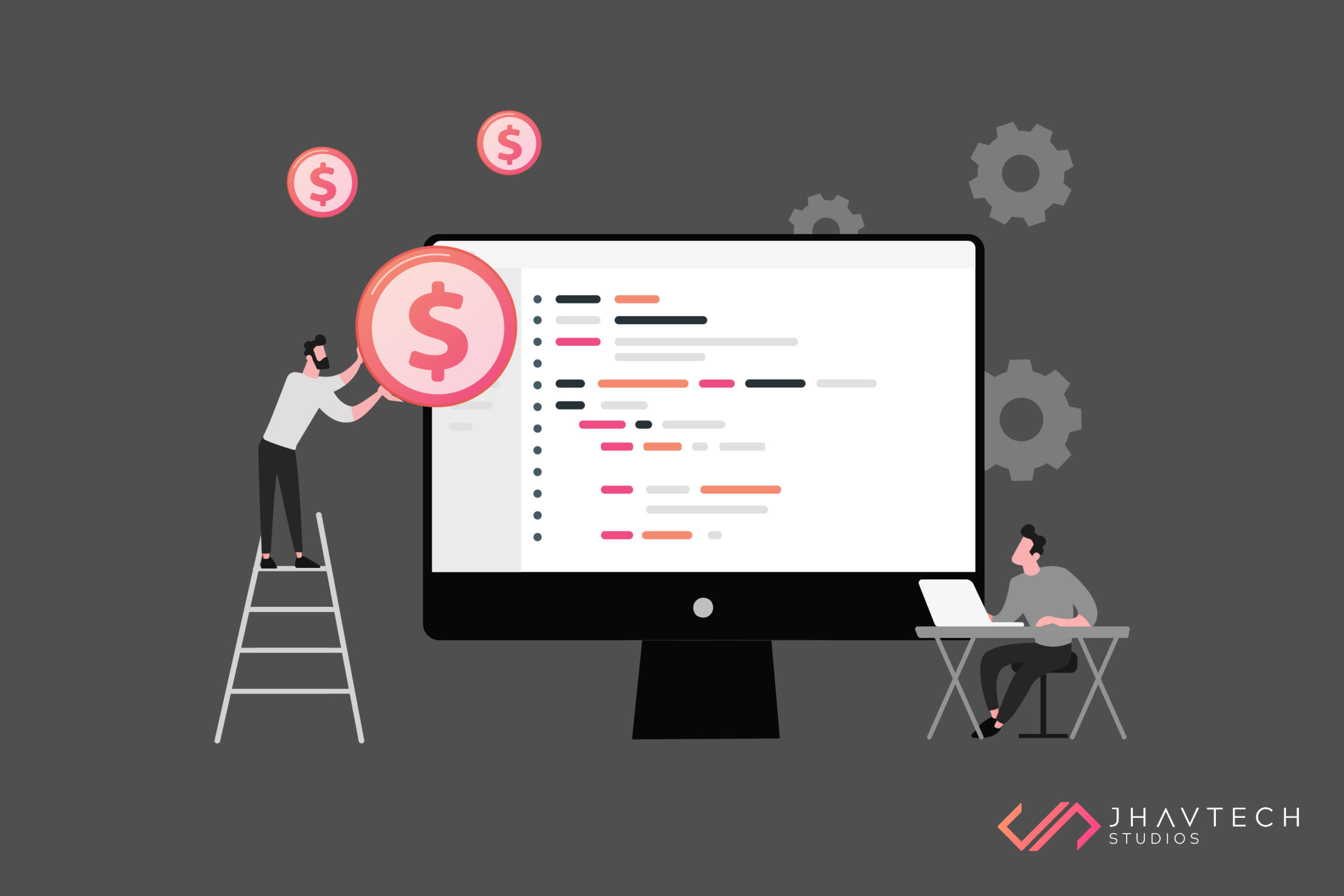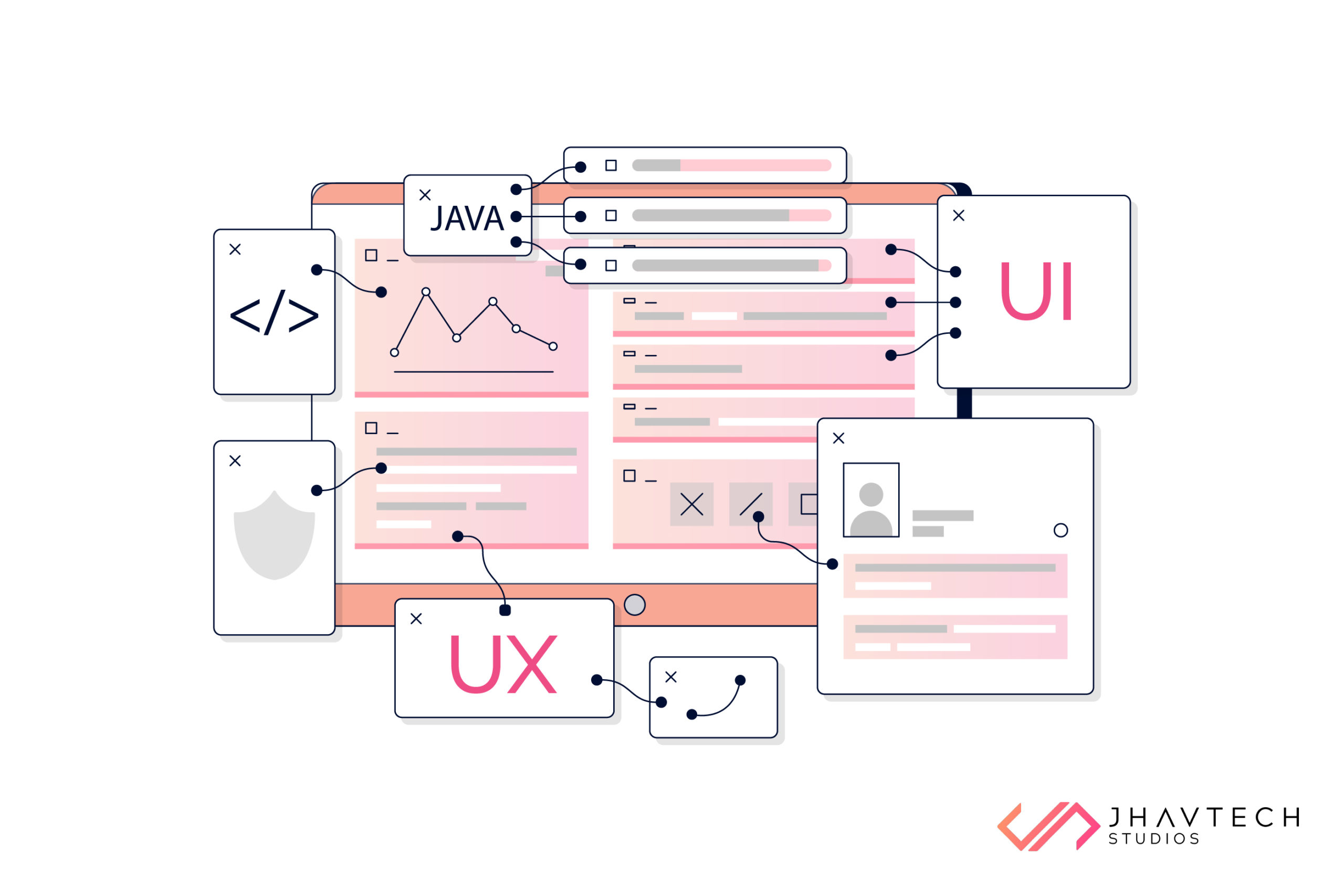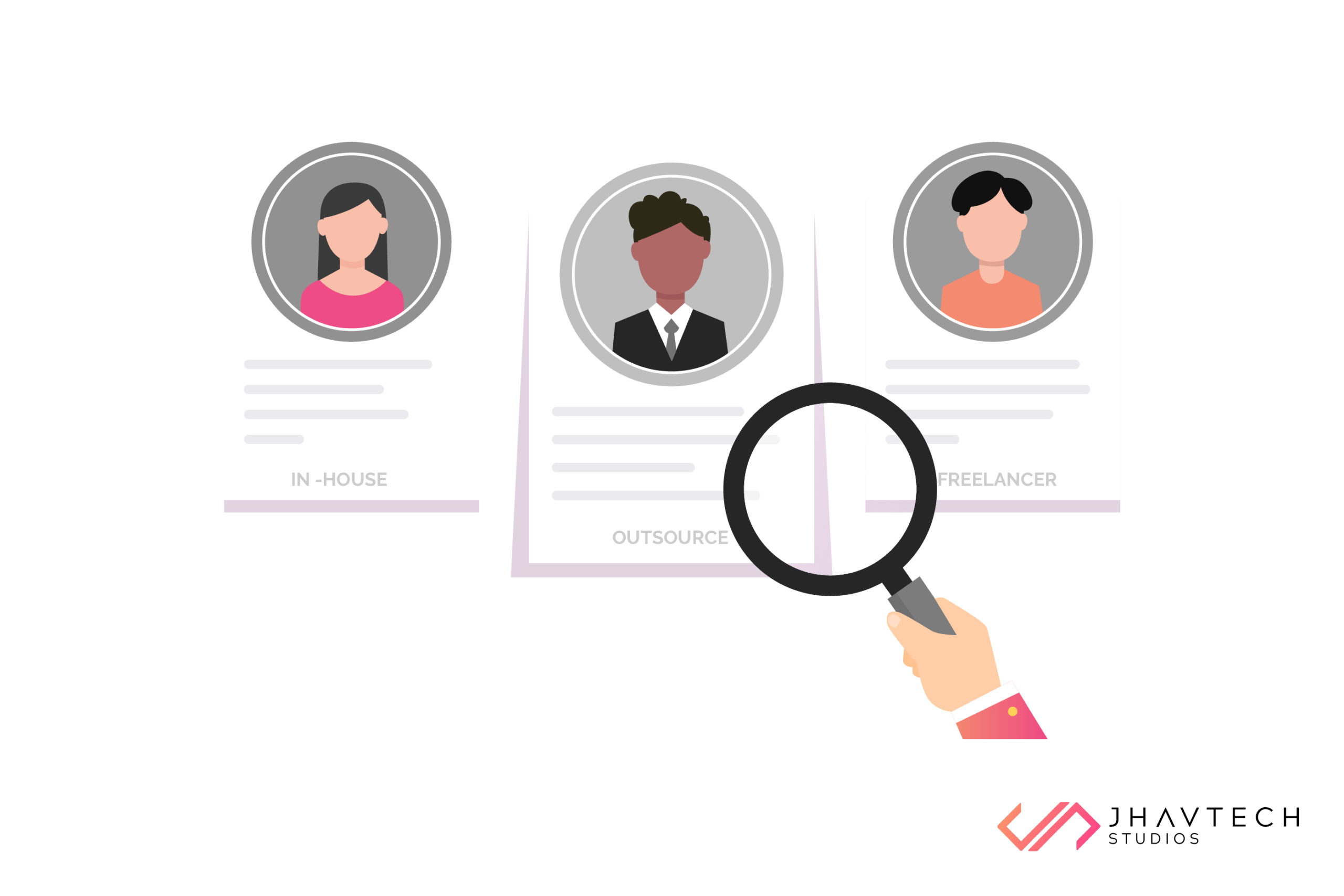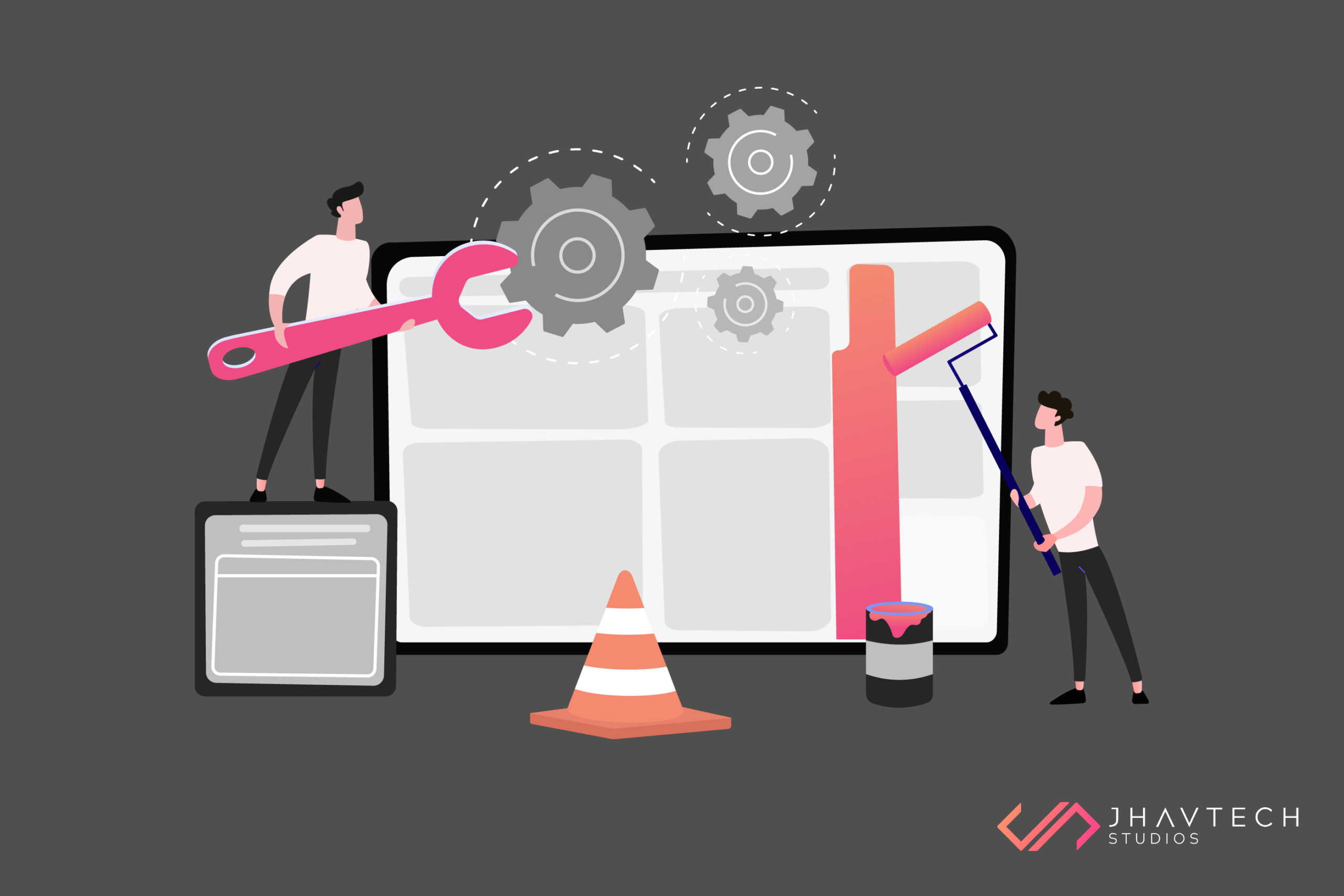Web App Development Cost: Factors That Matter Most

Web App Development Cost: Factors That Matter Most
In our current digital world, web apps have increasingly become one of the most effective tools for businesses to spread awareness for their brand and establish a solid online presence. Many even argue that web applications are more effective than websites due to their mobile-friendly nature.
As a result, most businesses now have their own web apps or in the process of building one in order to gain competitive advantage. Web app development has certainly become in-demand in recent years and the most challenging aspect faced by developers is estimating the associated cost. In addition, startups and small business owners are gunning for more affordable development strategies to get a higher return on investment.
With that in mind, an in-depth understanding of the major factors influencing web app development cost is imperative for accurate estimation and smart planning before commencing the design and development process.
The Market for Web Application Development
We first take a look at the market because the demand certainly plays a role in the cost to build a web app. In general, web applications are cheaper to develop than mobile apps and they accommodate a wide range of devices, including older models. They are also easy to maintain because with the use of a single codebase, you only need to make one set of updates.
As such, the market for web apps is getting more competitive, and all studies indicate that this trend is likely to continue. A huge chunk of the money generated in the web application market came from eCommerce, retail, media and entertainment, travel, education and healthcare.
It’s plain to see that web apps have enormous potential. A recent report by Statista showed that the enterprise application software market will rake in a whopping $325 billion by 2024, up from $225 billion in 2021.

Key Factors Influencing Web App Development Cost
Scope of Work
Scope of work (SOW) is the first thing that you need to figure out in order to come up with a precise estimate of web app cost. The scope of your web application can be as expansive as Amazon’s or as simple as a restaurant’s order management system. It is therefore important to determine the features and functionalities that your web app will offer to its users.
Once you have decided about the target audience, consider the following…
- The type of web application – Is it a simple landing page, an eCommerce website or a complex integrated system?
- Will you be needing a mobile version of the app?
- Do you want an interactive web application like a progressive web app (PWA)? Good examples of this include the app built for Starbucks, Pinterest, Spotify and Uber.
- What is the expected deadline?
When you’ve addressed the aforementioned questions, you then need to understand the stages of the web app development cycle:
Discovery Stage – Here you relay your expectations to a seasoned app developer or a project manager who can validate your requirements and provide a cost estimate as well as a timeline for your project. You can also get a prototype of your web app to ensure that your idea can be executed from a technical standpoint.
UI/UX Design Stage – Here the designer will work on the app interface, business objectives of your app, expectations of your target users, among others. How your web app looks and works is dependent on this stage. The UI and UX design improve the user experience that influences user satisfaction, and satisfied users are the source of conversions for your app.
MVP Development Stage – this is where the actual software engineering occurs with the basic set of features. The front-end and back-end developers should see to it that your web app meets all business requirements. Lastly, the QA engineer must inspect every new feature to make your that your app works as it is supposed to.
Complexity of Desired Features
This is quite obvious, but it’s still worth discussing. The more features you want your app to have, the higher the web application development cost will be. It’s evident that the complexity of the app has a direct correlation with the cost. Bear in mind that implementation of robust functionality requires time and highly skilled developers, which are expensive to hire.
And even if you have chosen a functionality that is easy to implement and can be handled by a newbie, the higher number of features involved will require more time and therefore the price will be higher. Web apps are classified into the following levels of complexity.
Simple Web Apps – these are the basic ones that only possess the essential functionalities. They can be developed fast because they only involve minimal interactive elements and content. Examples include static web apps and applications built for promoting brand awareness.
Moderately Complex Web Apps – these require more time and effort because they consist of interactive pages. Consequently, they are more expensive to develop than simple web apps. Examples include dynamic web apps which are usually used by brands or companies that aim to expand their client base and obtain better business opportunities.
Complex/Enterprise Web Apps – these are time-consuming to build and entail huge expenses because their development process requires more resources, effort and proficiency. Examples
include large corporate apps and eCommerce apps which have demanding requirements and must to be customised based on the specific needs of the owner.

User Interface (UI) / User Experience (UX) Design
The design aspect can either be a huge expense or a cost-cutter. Ideally, the UI of a web app must be eye-catching and intuitive, but not littered with unnecessary elements. The most budget-friendly way to address the design issue is to go for a basic kit with integrated templates/themes.
The other option is making minor UI/UX tweaks to customise the app to a certain extent. This is more expensive but is still practical and economical. Remember that the more changes = more expenses rule applies to design. The more modifications you make to a standard template, the higher the web application development cost will be.
The most expensive approach is creating a custom design from scratch since it involves a combination of mixed style that merges standard and custom elements.
Who You Hire to Develop the Web App
An individual app developer cannot take on a large project. So, you need to hire an entire team including a project manager, UX/UI designer, programmer, and a QA engineer. You can go for an in-house team, a group of freelancers, or a web app development company.
In-house Team
This option gives you a couple of advantages. The team members likely have a good understanding of your business, and they are accountable for the outcome since they are part of your company. Next, you can have direct communication with the team members and this should fast-track the project. You also get immediate support when a problem arises.
However, this isn’t a cost-effective choice because you need to invest more money than hiring freelancers or outsourcing. You’ll need to spend on recruitment and offer benefits and incentives so the developers will stay with you.
Freelance Developers
Engaging the services of freelancers will save as much as 50% of the budget that you’ll have to spend for an in-house team. The hiring process is pretty straightforward, but the downside is that work quality is unpredictable. It is a hit or miss kind of thing so you must be very careful when doing your research and background checks. Also, be sure to request and put in writing the web application development cost estimation.
Outsourcing to App Development Companies
This is arguably the most viable option for most businesses and organizations. By hiring an app development company, you get access to seasoned professionals and take full control over the
scope and app development budget. These service providers usually have their own project management platforms so you don’t have to deal with frameworks, programming languages, and the like.

Location of the Web App Developer
If you have never worked with a web development company, you may not be aware that the team’s geographical location plays a crucial role in determining the final web application development cost. For example, studies show that the hourly rate of for mid-level developers in the U.S. is $70-$100/hour while in Central Europe it’s $35-$60 per hour for mid-level and senior developers.
It is therefore advisable to outsource your project to software companies based in Australia or South Asian nations like India where highly skilled professionals can be hired at lower rates. This will reduce your web app developmental cost to a great extent.
Maintenance and Hosting
This is what you’ll pay every month to sustain and scale your web app. The money is used for databases, servers, content delivery networks, firewalls, and sometimes for a freelancer or an engineering team that will maintain your app via email or call support.
Maintenance of an app is a life-long process. So, when estimating the cost to build a web app, you shouldn’t forget to take into account the post-release expenses. Recent studies show that the average cost of web app maintenance is roughly 15% -20% of the annual budget of development companies.
As your app evolves, there can be a number of changes that will happen over time. Those include adding new features, debugging, updating integrations and plugins, code optimisation, and security updates, all of which are included in web app maintenance.

Final Thoughts…
The information discussed above regarding the major factors affecting web app development cost will help you chalk out the project cost estimate and come up with strategies to reduce the expenses.
If you want to get a more accurate estimate and a sound advice, contact a few reputable app development companies and request for a detailed quote. People at Jhavtech Studios with more than 10 years in the IT business are happy to give you in-depth consultancy. Simply leave your contact details and we will reach out to you within 24 hours.

